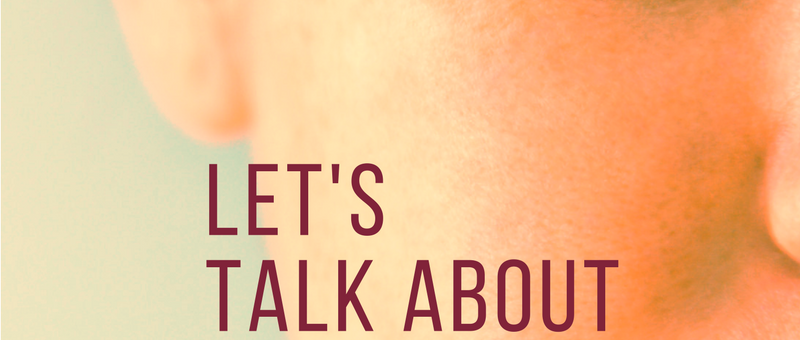
Understanding acne:
Let’s talk about…ACNE
For some people, this could be a very sensitive topic. Acne can flare up at the most inconvenient time and could instantly ruin your confidence. Some of my clients rather sit at home and miss big milestones than face the world with their acne. It’s an understandable feeling to have. Let’s shed some light on acne and how we can win the battle.
What is acne?
- Acne is formed in our skin by blocked follicles. This is caused by hair, sebum, and Keratinocytes (built up dead skin).
- Acne is a the most common skin disease in the US. It affects nearly 40million people.
- 90% of teenagers suffer from acne.
- One of the most common forms of acne is Propionibacterium acne, (P. Acne), which is found in the hair follicle.
- It takes about 2-3 weeks for a pimple to the surface on top of the skin.
Acne comes in 4 grades:
- Grade I: Mild white and blackheads with occasional inflammatory lesions
o Often seen in preteens
- Grade II: Mild blackheads and moderate whiteheads
o Occasional inflammatory lesions
- Grade III: Moderate black and whiteheads
o Constant inflammatory lesions
- Grade IV: Very moderate black and whiteheads
o Redness and inflammatory lesions
o Nodules and cysts may occur
Forms of acne:
Comedones, or pimples, comes in two forms:
- Closed: Whiteheads (milia)
o Hard and remains under the skin
- Open: Blackheads
o Exposed on top of skin
Discoloration of the blackheads is not dirt. It’s from the melanin being oxidized by being exposed to oxygen.
Now there’s 2 types of acne:
- Non-inflammatory:
o Blackheads and milia.
- Inflammatory: Cystic. Also referred to as Papules and Pustules. THE WALL IS RUPTURED AND CAUSES BACTERIA TO SPREAD. Pus is formed because the white blood cells are fighting against the bacteria.
Blackheads CAN turn into pustules because it’s exposed, so it’s important to kill the bacteria early to avoid it from spreading.
Cause of acne:
- Hormonal changes
- Genetics
- Over production of sebum
- Inflammation and weakening of follicle wall
What are acne triggers:
- Male hormones: androgen gland: stimulates the sebaceous gland
- Female hormones: menopause, puberty,
o PCOS: could cause a cause a higher oil production and hirsutism (facial hair) in women
- Stress: increase sebum production
- Foods
o Fast foods, cheese, dairy, MSG, processed
- Irritants
o Dirty make-up brushes
o Dirty pillow cases
o Phone use. Try to clean with alcohol it at least twice a week
o Touching the face
How to Manage Acne:
Use products with active ingredients and schedule facials with these features:
- Benzoyl Peroxide
o Kills P-acne
o Strengths comes between 2%-10%
- Salicylic acid
o Antiseptic
- O2 Therapy
o Kills bacteria
o Supplies oxygen to the skin
o Acts as a vehicle to drive active ingredients deeper in the skin
- High Frequency
o Stimulate blood flow to help remove toxins
- Blue Light Therapy
o Kills bacteria in pores
- Galvanic
o Makes black and whiteheads more vulnerable for easy extractions
- Microdermabrasion
o Reduce acne scars
Acne Solutions Goals:
- Exfoliate the skin. This will help unclog pores.
o Don’t over exfoliate. This will strip the natural oil of the skin and cause an overproduction of oil. Exfoliate 3 times a week with a gentle scrub like sugar or a salicylic based scrub
- Reduce the spread of the bacteria
- Follow the correct skin care regimen and sequence for your acne grade
- Regular visits to your aesthetician or dermatologist
The number one Acne solution is DIET! Greasy foods have little nutritional value. Food high in fatty acids such as fish and flaxseed will help reduce inflammation. Green tea is high in antioxidants, helping repair skin cells and nourish new ones. Eating leafy greens and dark-colored berries will help reduce oil production. In addition, you should up your water intake to flush out toxins.
Battling acne is a joint effort. Following your home care regimen provided by your aesthetician or dermatologist will help improve your acne concerns. Regular skin care visits will help your facial specialist access your progress for a more customize protocol. Patience is also key in seeing results that may take a few weeks. Together, we can get amazing results!

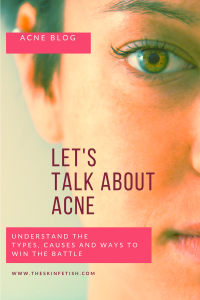

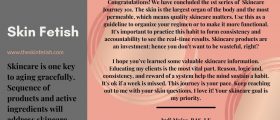
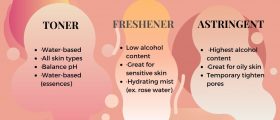
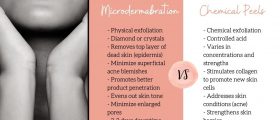
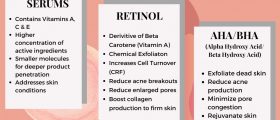






Leave a Reply
2 Comments on "Let’s Talk About Acne"
Very nice post, I have benefited a lot from your post. Your post contains a lot of information about acne, but I found a lot more information about acne on a website called Our Own Hospital . According to the information on the website, I take some preventive measures, as a result of which I get a lot of benefits and get relief from acne.
>>>>>Acne Problem: Types, Causes, Prevention, Treatment
Thank you.
Thank you! I’m glad you’ve benefited from the information. Thank you for sharing yours